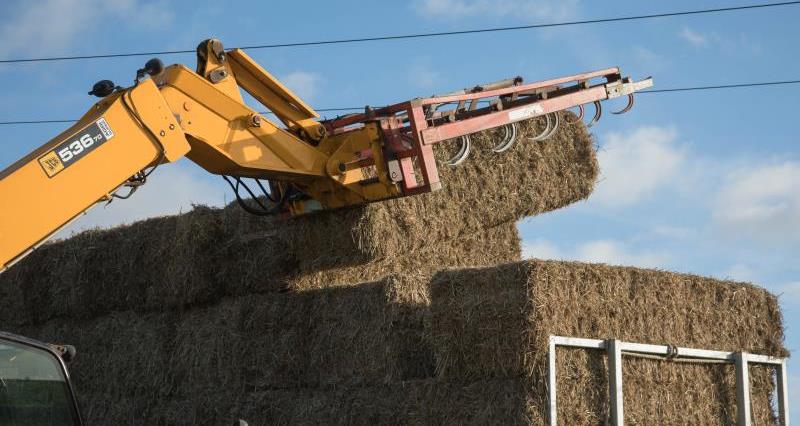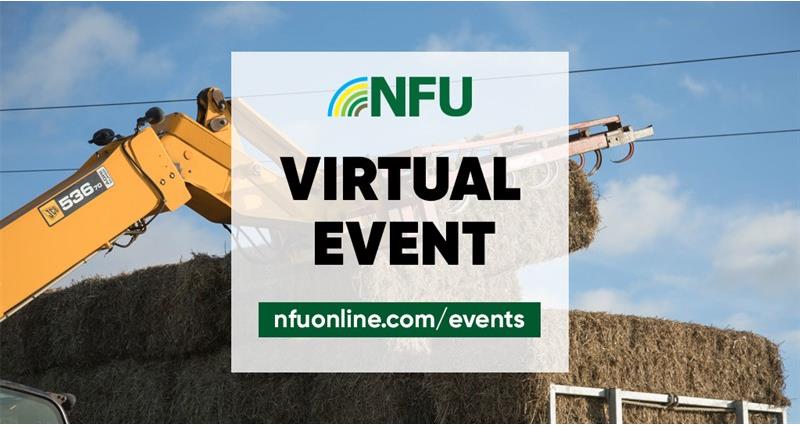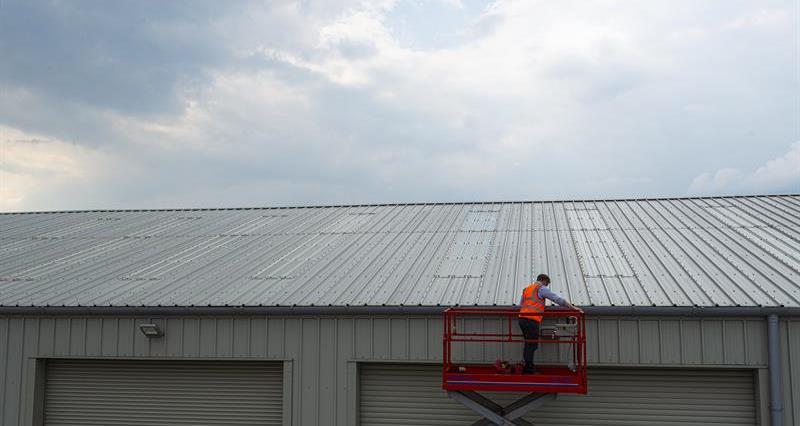With farm machinery getting bigger, the distance between the highest point of the machine and the powerlines is reducing, and the risk of accidents is increasing.
Staying safe
The following guidance is designed to help keep you safe when working under OHPLs:
- Before you head out on the farm, always check for power lines above you – ‘look out, look up, look after yourself’.
- If your farm machinery hits a power line, stay in the cab if safe, call 105 and wait for help.
- Never touch an overhead line and don’t assume it’s dead – always assume it’s live unless, or until, the owner of the line has confirmed that it’s dead.
- When machinery is in contact with an overhead line, anyone who touches both the machinery and the ground can be electrocuted. Stay in the machinery and lower raised parts in contact with the line or drive the machinery out of the line.
- If you need to get out, to call for help or because of fire, don’t climb out as usual – jump out as far as possible, without touching the line or machinery. Don’t touch any part of the machinery when on the ground. Once on the ground, take leaping strides or bunny hops to move as far away as possible from the area.
- Call 105 and ask to disconnect the supply. Even if the line appears dead, don’t touch it. 105 is applicable for all Distribution Network Operators (DNOs).
Power line heights
Low voltage, 11kV and 33kV lines have a minimum height requirement of 5.2 metres.
132kV lines have a minimum height requirement of 6.7 metres.
Pylons for 275kV and 400kV lines have minimum height requirements of 7 metres and 7.3 metres respectively.
If you have any safety concerns about the lines or poles, such as lines falling below the minimum height requirement, do not attempt to measure or raise the height of the line yourself. Contact your DNO on 105 to highlight your safety concerns and request the infrastructure be assessed and if necessary repaired.
Preventing problems
There are a number of things you can consider to prevent problems with OHPLs on your land.
- Discuss with your DNO about undergrounding lines, especially around farmyards.
- Consider alternative uses for fields with OHPLs to reduce the need for machinery moving underneath the lines.
- Consider creating exclusion zones around poles and lines to minimise the risk of contact with machinery.
- Map your farm to know where overhead and underground power lines and other utilities travel.
More guidance from the Health and Safety Executive on avoiding danger with OHPLs can be found at:



